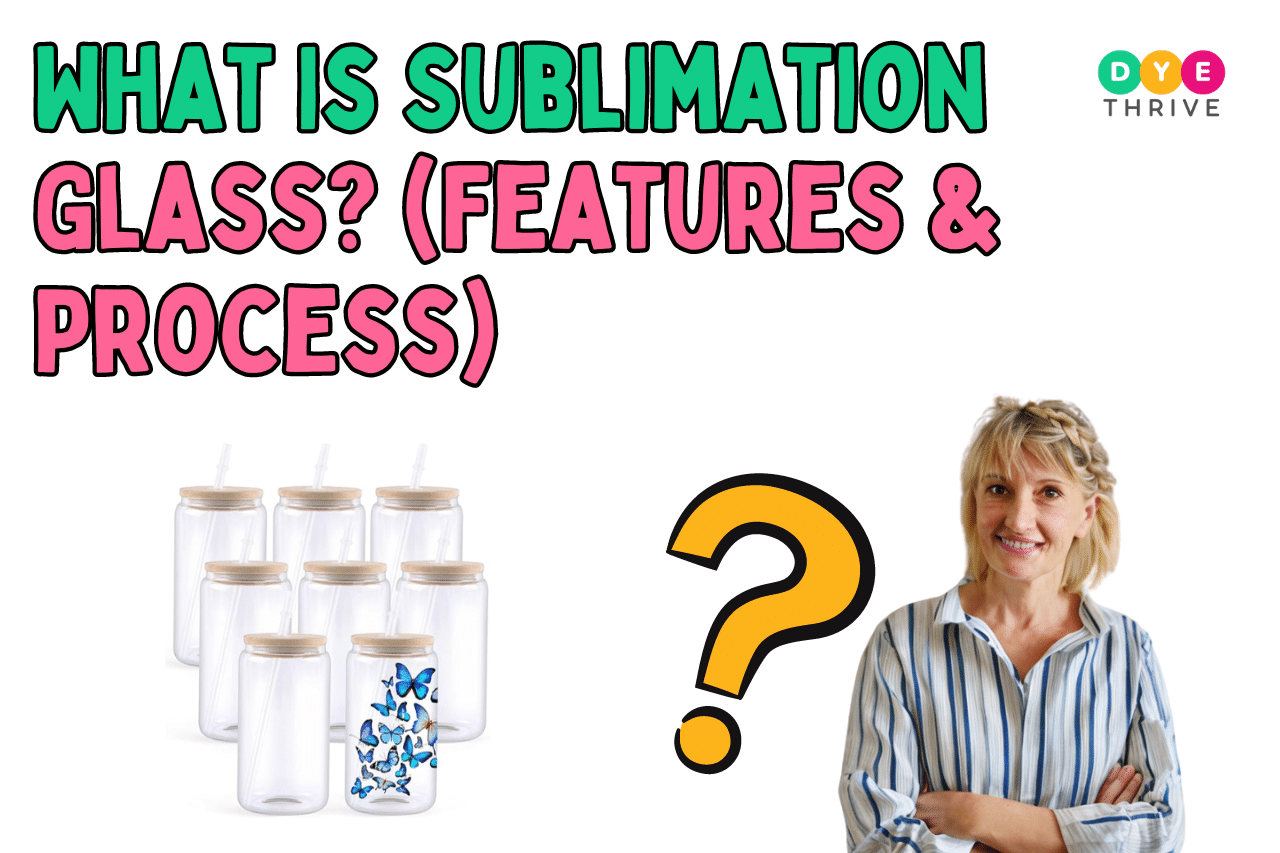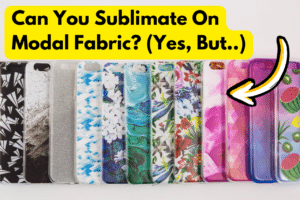Have you ever seen a glass mug or plate that has a cool, colorful picture on it that looks like it’s part of the glass?
That effect is made using something called sublimation printing. This printing method lets special dyes soak into coatings on the glass to make the images.
The special glass used for this is called sublimation glass. It uses heat and pressure to get ink to bond with the glass so it won’t scratch off.
The result is custom dishes, mugs, mirrors, and more that have designs and photos that are vibrant and permanent.
In this article, we are going to explore ‘What is sublimation glass’, how it works, and the process behind creating customized glassware with permanent, vibrant designs.
So, let’s get started!
You may also like:
- How Long To Press Sublimation? Time & Temperature
- Why is My Sublimation Faded? (Reasons & Solutions)
- What is Sublimation Jersey? (Benefits, Process…)
- What Is Dye Sublimation? (An In-Depth Guide)
What is Sublimation Glass?
Sublimation glass has a polymer coating that lets ink be absorbed into it. When heat is applied, the ink turns into a gas and permanently bonds with the coating. This allows for full-color prints to become part of the glass item.
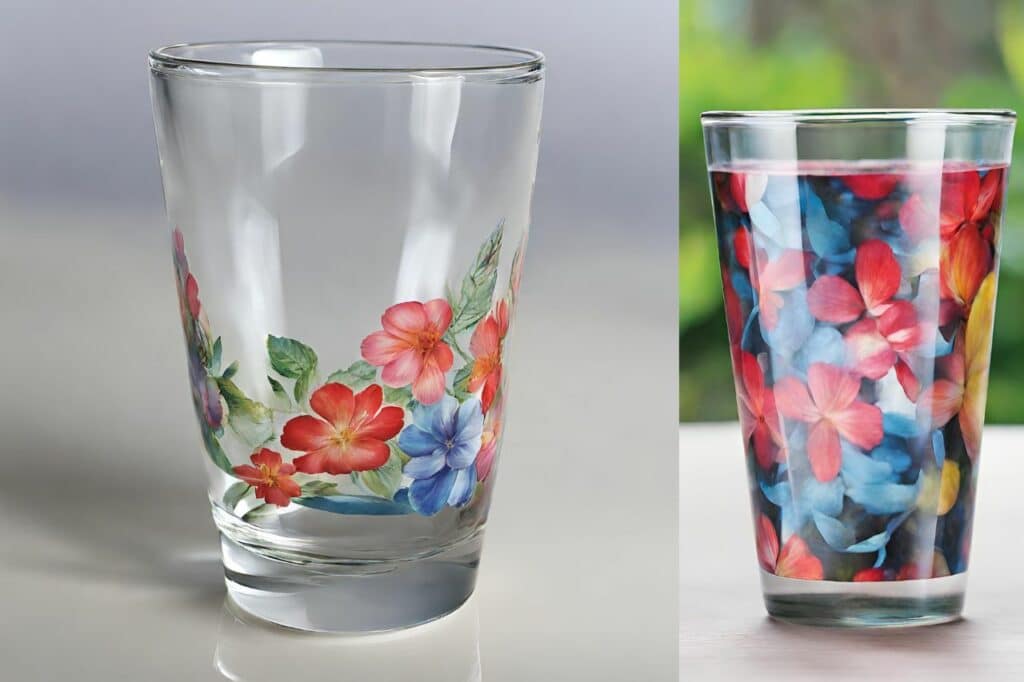
Features of Sublimation Glass:
The polymer coating is key to making dyes soak into the glass with heat. Normal glass would not work for sublimation. The result is custom glassware with crisp, permanent images in full color.
Sublimation glass lets you create one-of-a-kind dishes, frames, mirrors, coasters, and other items. Or you can make matching sets printed with a common design.
The process uses special printers, heat presses, and transfer paper. Once you have the supplies and a coated sublimation blank, you’re ready to start designing your own pieces!
Can You Use Any Glass for Sublimation?
No, you cannot use regular untreated glass for sublimation printing.
Standard glass lacks the coating required for the inks to bond during the heat infusion process. Attempting sublimation on regular glass would result in a failed print that washes off the surface.

Specialized sublimation glass contains a polyester polymer layer that provides the necessary properties for vivid image transfer and permanent bonding.
This includes:
So when purchasing glass products for sublimation projects, be sure they are specifically advertised as “sublimation ready,” “sublimation blanks,” or “sublimation coated.”
Don’t assume standard glassware in your cupboards will work. Seek out properly prepared pieces with the right properties to achieve successful results.
How to Sublimate on Glass
Once you have suitable sublimation-coated glass products, the process for applying custom prints is straightforward with the right equipment.
Here is an overview of the sublimation process from start to finish:
1. Prepare the Glass Surface
Since regular untreated glass cannot be sublimated directly, the first vital step is properly preparing the glass item’s surface to receive dye-sublimation ink.
There are a couple of options for applying an appropriate polymer coating layer that will bond securely with dispersed dyes when heat is applied.
The most fool-proof route is to purchase pre-made sublimation-ready glass blanks that come pre-treated from manufacturers like ChromaLuxe, Vapor Apparel, and Unisub.

An alternative method is brushing on liquid coating formulas intended for sublimation onto glass surfaces.
Products like ChromaLuxe’s proprietary Suspend Spray or third-party SpeedCoat resins can convert normal glass pieces into compatible sublimation blanks.
2. Create Your Design
The second step is to design your custom image digitally on a computer using vector graphic software like Adobe Illustrator, Inkscape, or Corel Draw.
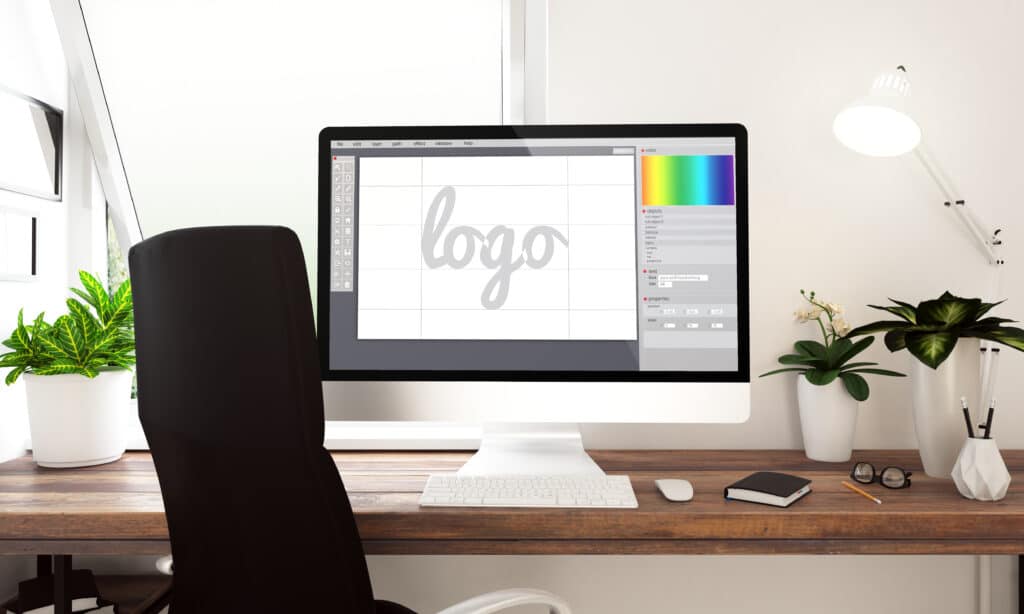
Bitmap programs like Photoshop may also be used, however, vector art typically provides superior print quality given most desktop sublimation printers print at modest dpi resolutions.
Make sure to size your graphic correctly onscreen to fully cover the glass surface being sublimated later based on its exact measurements, keeping in mind that designs may be printed borderless so bleed isn’t necessary.
3. Print Your Design
One cannot simply run glass décor transfers through standard inkjet printers or onto conventional copy paper stocks and expect functional outcomes.
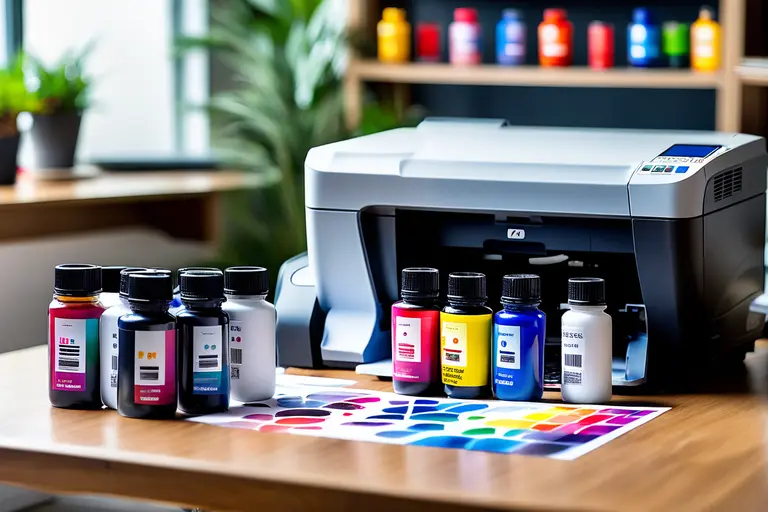
You need to have a professional dye-sublimation printer loaded with specially formulated DS inks and set it up to print onto sublimation transfer paper. Your design will print in reverse.
Converted consumer models like Epson EcoTank, Canon PIXMA, and Ricoh offer cost-effective options compared to industrial machinery.
4. Align Transfer Print
The next phase entails accurately aligning printed transfer atop material blank, ensuring intimate repeatability with minimal potential registration skewing during thermal fusion.
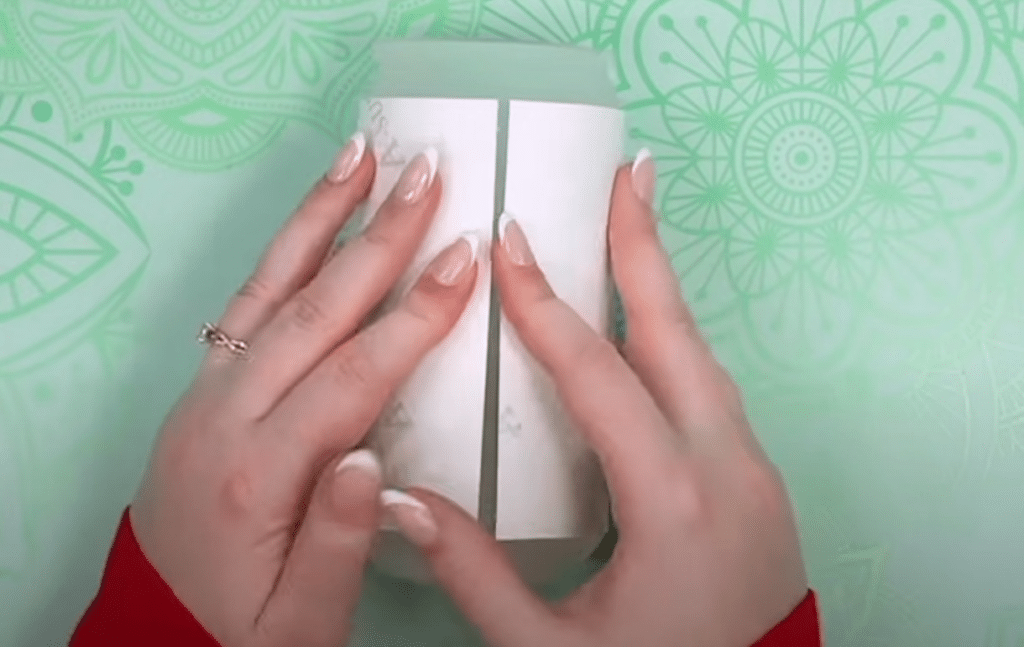
Carefully trim away any unprinted margins or excess paper borders to better visualize the coverage area before matching up.
Secure the transfer print flush atop the coated blank side using strips of heat tape over all four edges and down center seams if larger to prevent any shifting out of register during heating.
5. Protect Press Plates
With image transfers prepared and perfectly positioned atop respective blanks awaiting sublimation, the next imperative step protect heating press plates or wraps using non-stick barriers.

Parchment paper, silicone sheets, or purpose-made release liners block direct contact between heating elements themselves versus glass pieces and dyes which may lead to staining platen coatings, and scrap prints getting embedded into wrap.
Keep in mind most sublimation happens around 375 F to 400 F which remains plenty hot enough to thermally bind errant inks onto uncovered presses long-term.
7. Apply Sublimation Process
Following manufacturer guidance, place the glass item with transfer print into the heat press and apply the appropriate temperature, pressure, and dwell time to allow inks to fully sublimate into the polymer coating.
However, the best general range spans 380 F on the low end up to 400 F max with 60-120 seconds per square inch of the transfer printout serving as baseline starting point.
Pressure depends greatly on the type of heat press or heating elements too; lower PSI clamping with 3D wraps necessitates longer duration than high-PSI industrial flats for equal fusion depth.

8. Cool and Finish
After completing sublimation fusion, recently imprinted glassware typically remains extremely hot immediately following release, so adequate cooling precedes handling to prevent injuries.
Typically placing atop ceramic tiles or heat-resistant pads allows conduction dissipating residual surface warmth before rinsing, roughly 5-10 minutes depending on material thickness and ambient air temperatures.
When no longer painfully hot (typically under 120 F) submerged under room temperature tap water flows dissolve water-soluble backing papers bonded during pressing, revealing vibrantly printed artwork fused beneath onto poly-coated glass blanks.
Frequently Asked Questions
Below are a frequently asked questions to deepen your understanding:
How long should I leave the sublimation glass?
Leave sublimation glassware in the heat press for the full time listed in the manufacturer’s guidelines, which are based on print size. Typical dwell times range from 60 to 120 seconds per square inch. Insufficient time prevents full ink infusion.
Is sublimation durable?
Yes, when applied properly onto sublimation blanks, the results are extremely durable. The prints bond at a molecular level with the polymer coating, becoming part of the product itself rather than a surface layer.
What is sublimation temperature?
The standard sublimation temperature for glass blanks is 380°F to 400°F. Ensure your heat press can achieve these high temperatures for successful sublimation.
Some glass may require even higher heat due to additives that increase heat resistance. Always defer to manufacturer guidelines.
Wrapping Up
Sublimation glass opens up endless possibilities for one-of-a-kind drinkware, serveware, frames, coasters, ornaments, and other engraved and imprinted glassware.
The permanently embedded dyes create stunning, vibrant custom designs that hold up beautifully over time. J
just remember to only purchase properly coated sublimation blanks rather than attempting to DIY coat regular glass at home.
With quality materials and the right sublimation printer, heat press, and inks, you’ll be creating showstopping glass pieces in no time!

